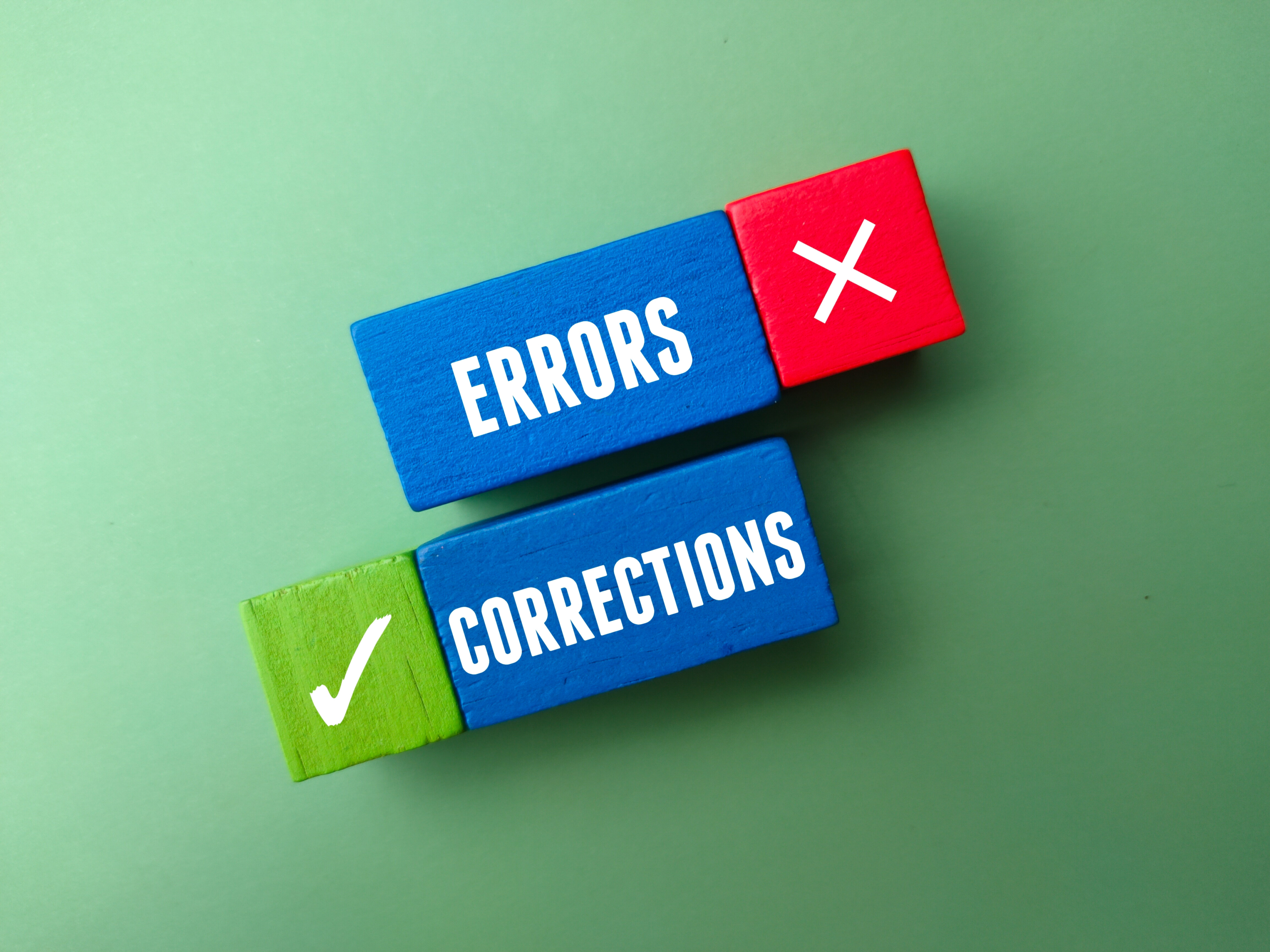What is Corrective Action?
Organizations take corrective action (CA) whenever a “nonconformity” or incident happens in the workplace. Some use Corrective Action Request Software to manage this process. Management then needs to take action to fix the problem. The solution that is applied to fix a problem immediately is a correction. Putting out a fire in a warehouse is an example of a correction. A correction fixes the problem.
In contrast, corrective action eliminates the root cause of the problem, and this will in turn prevent future issues. In our example, the appropriate CA would therefore address the root cause of the fire. This could be something like replacing old wiring or controlling flammable materials better.
If you take corrective action after an incident, you can ensure that your workplace is enjoyable, functional, and safe. No company is immune from misconduct, negligence, accidents, and other incidents in the workplace.
The CA you take to fix a problem will determine whether the workplace becomes enjoyable, or toxic. Organizations use corrective action to improve in areas that they didn’t know were deficient until the incident occurred. They fix systemic issues, and this will make your workplace both more productive and safer.
Using our nonconformance software, also known as corrective action request & tracking software, or capa software, makes this process so much easier to manage.
Determining Which Corrective Action is Appropriate
Deciding on the actions that need to be taken after an incident should be a well-thought-out process. Although there is a need to take action promptly, there is no need to rush.
When you create an action plan, your solutions may not yet be permanent, but they should eventually be. To determine which CAs are appropriate, the incident’s root cause(s) need to be investigated. Once you have done that, select the actions that may reasonably eliminate the cause.
Once you’ve implemented your plan, it’s important to follow up afterward to ensure that the plan is working. You may have to make some changes to prevent similar nonconformities from happening in the future.
Another very important step is to communicate the changes that must be made to employees and train them if required. This will ensure that they stay informed while showing you are committed to a healthy culture in the workplace.
After you have implemented the corrective actions, you should decide on preventive actions and then put them in place. Preventive actions are steps that you take to eliminate the root cause of potential issues, without those issues having occurred. These potential issues are often similar to the ones you corrected. NCR software will generally have space to fill in preventive action details.
Why Is It Important to Implement Corrective Actions?
Your organization will lose a lot of money and time if you ignore a systemic problem. A systemic problem isn’t an isolated mistake but is rather caused by something wrong in the system. Corrective action is therefore very important in these cases. If workers often have to perform unnecessary activities to fix problems that happen or have to be vigilant constantly to identify problems that happen all the time, you can save a lot of time and effort by taking the required steps to stop the issues from occurring again. The CA process is part of a Quality Management System. If you implement it correctly it will save you time and money. One of the problems with the CA process is that it is often difficult to use for small problems. If the problem is not systemic you will find it difficult to identify a root cause . The newer ISO 9001:2015 standard, as well as others related to it, like ISO 45001:2018 and ISO 14001:2015, have therefore added a decision that should be taken after the problem has been corrected. Once you have fixed a problem, you can determine if you need to take action to eliminate the root cause. If you find that this is not required as the issue isn’t likely to recur, you can stop the process. Record this detail in your corrective action software. It does however make sense to still follow up to make sure the problem doesn’t recur. If you find out that it is systemic, change the decision and take further actions. You should also be aware that some standards based on ISO 9001, including IATF 16949 and ISO 13485, haven’t made the change to decide on the requirement to address the root cause.
Immediate and Sustained Improvement
If you have a formal process to identify non conformances and correct performance issues via corrective action and preventive action, this will result in immediate and sustained improvement. Successful implementation of a CAPA process as part of your organization’s management solutions is crucial. It will provide you with a formal method to deal with a wide variety of issues including unacceptable performance and customer complaints.
The Role of Root Cause Analysis in Corrective Action
Before you can implement corrective and preventive actions , you need to identify the root causes, i.e. the underlying reasons for the issue. This is not always as easy as it may seem. This is why you should always do a formal root cause analysis before you implement formal corrective action. Corrective actions software will allow you to record the detail of the RCA.
How Can a Corrective Action Tracking System Improve The Corrective Action Process?
Any company that wants to maintain and continually improve the compliance of its quality management systems needs to have some sort of corrective action tracking system in place. This can be a simple manual system consisting of a register and forms. This can either be in paper format or by using standardized electronic documents such as spreadsheets. One of the biggest challenges of a manual CA tracking system is that it becomes very difficult to extract trends. If you for example want to determine how many corrective actions are associated with a specific process, department, or piece of equipment, doing this manually can be very tricky.
Corrective Action Tracking Software Improves Product Quality
Our online corrective action tracking software can help you in identifying, tracking, and resolving non-conformance issues and their associated corrective actions easily. Powerful reporting features will allow you to apply filters and sorting to the data as required. This will enable you to focus only on the data that you require. When you expose trends in this manner, you may find that further risk analysis into a specific area may help identify further action that needs to be taken. A corrective action plan may for example identify employee’s performance issues that need to be corrected with appropriate disciplinary action. When implemented properly, the corrective action tracking software will enhance product quality, improve business operations, increase fulfillment, and ensure compliance with regulatory standards. Our corrective action request & tracking software is easy to use. It will save you time and money when you need to keep track of all your non-conformities including their current status.
CA Examples
A CA focuses on discipline in the context of human resources. An employee who was for example deliberately negligent may face a warning, suspension, or even termination depending on the severity of the transgression. These corrective actions aim to eliminate the cause of the negligence by modifying the behavior of the transgressor or removing them. Security issues, accidents, and other types of incidents often require the changes to the workplace to be more tangible. These types of corrective actions may include things like:
- Replacing or redesigning equipment.
- Installing alerts and alarms.
- Updating or creating operational processes and procedures.
- Recalibrating tools.
- Retraining employees or additional training on procedures and policies.
Let’s look at some examples of corrective actions:
Example #1
A restaurant kitchen fails a health inspection. The owner could implement corrective actions that set traps for pests or schedule cleanings more regularly. Lasting corrective actions involve not only setting the traps or scheduling the cleanings. You should also update the quality management system with processes and procedures so that these corrective action steps become a regular part of employee’s duties. The expected outcome of the corrective and preventative actions as recorded in corrective actions software would be that future health inspections are passed.
Example #2
A dyeing machine in a garment factory often leaves dye patches on products. You may detect this issue from a customer complaint, during a risk assessment, or as part of normal quality management or business processes. You would correct this problem by replacing or fixing the faulty machine. Although replacing the machine may be seen as corrective action, fixing it is not, as the problem may recur and it could only be a short-term fix. An appropriate corrective action that addresses the underlying cause may be to inspect that specific component on a regular basis and fix or replace it before it causes a problem. This will prevent recurrence of the problem.
Quality Management
If you have implemented a quality management system with formal management approval, you would also need to implement preventive actions. Preventive action must be designed to prevent an issue from occurring before it does. If you use Corrective Action Request Software it is likely that this step is one of the fields you need to fill in. Staying with the previous example of the dyeing machine, lessons learned may lead to a preventive action plan that calls for periodic inspection and maintenance of other similar machines that may adversely affect the quality of the product by resulting in non-conformity. Although doing this may be time-consuming, the machines thus inspected and maintained proactively should never experience this type of problem. That means they will never require corrective actions. A final step in the corrective action plan process in this example may include containment actions of the faulty products. This is done to prevent them from landing up in your inventory and being sent to customers. If your quality system does not yet include product containment actions, you may have to implement a new process. Find out more about corrective action vs preventative action.



